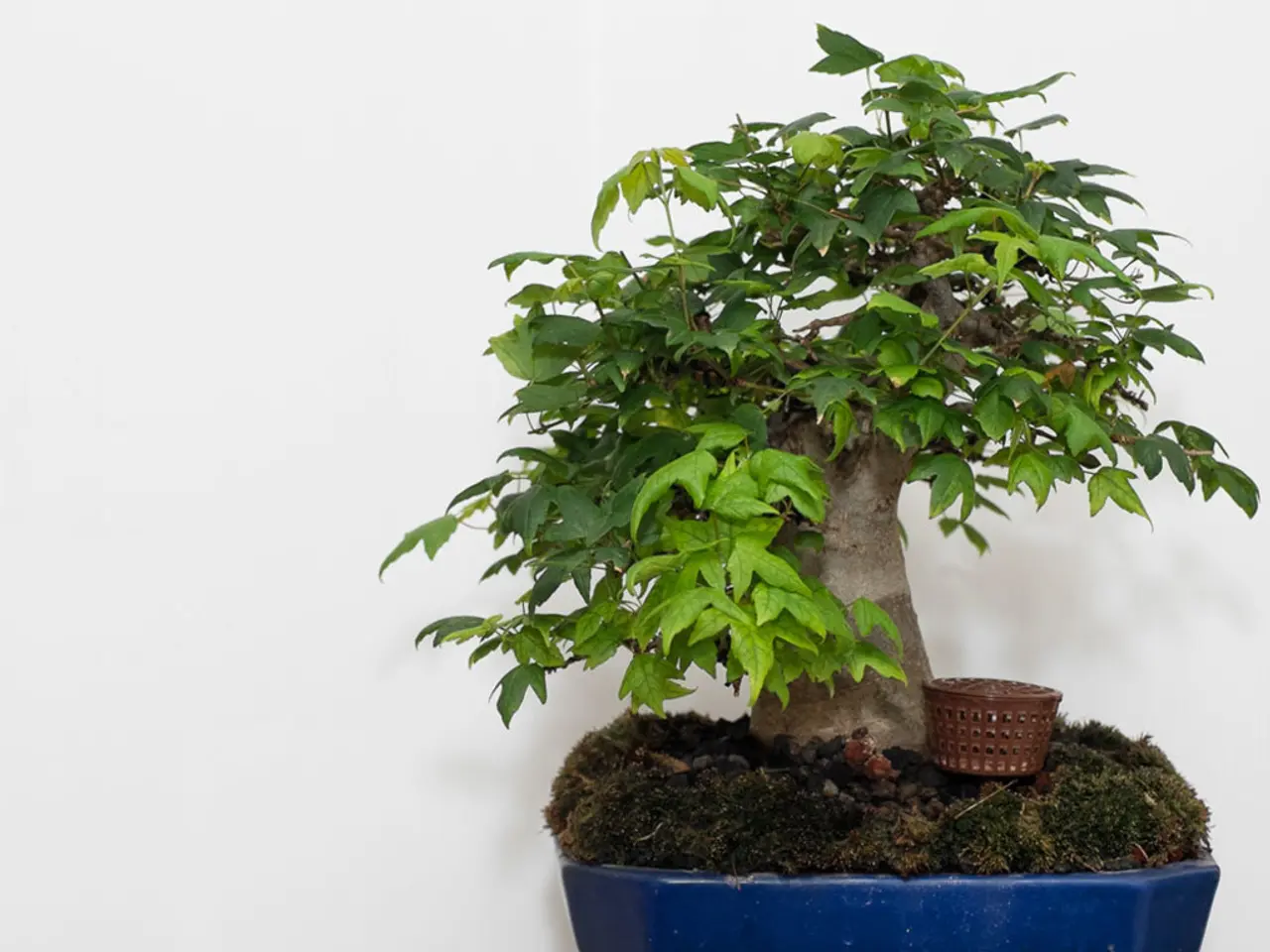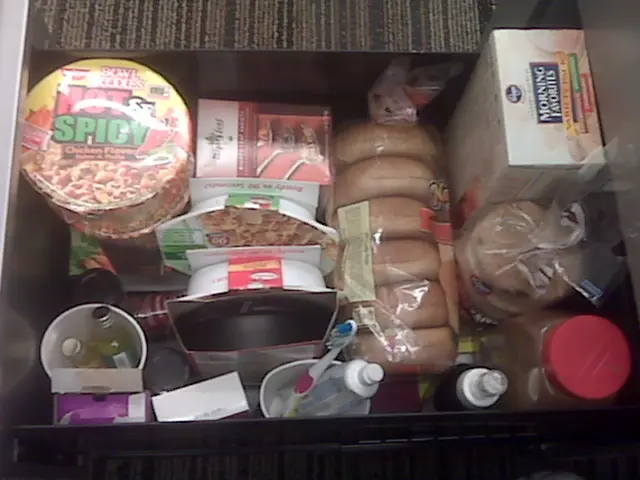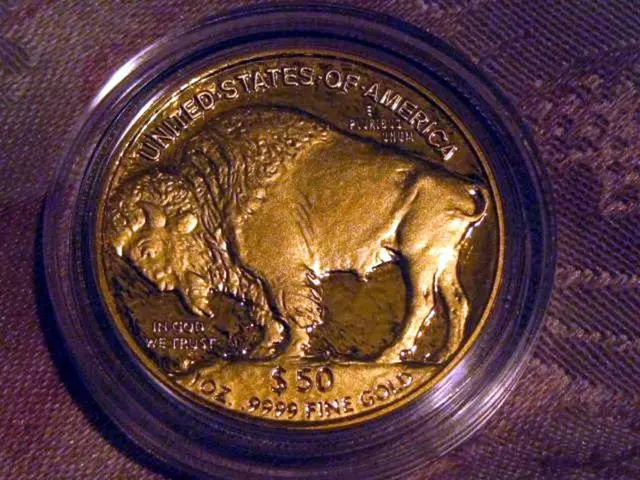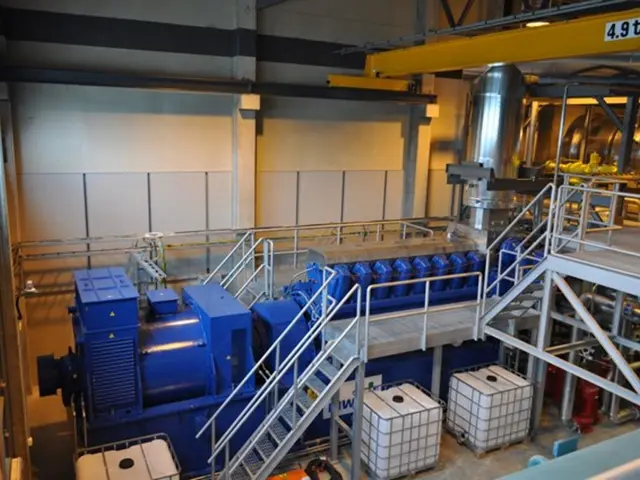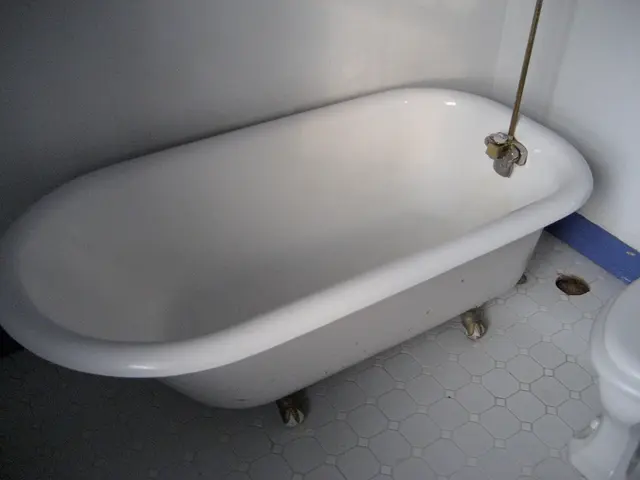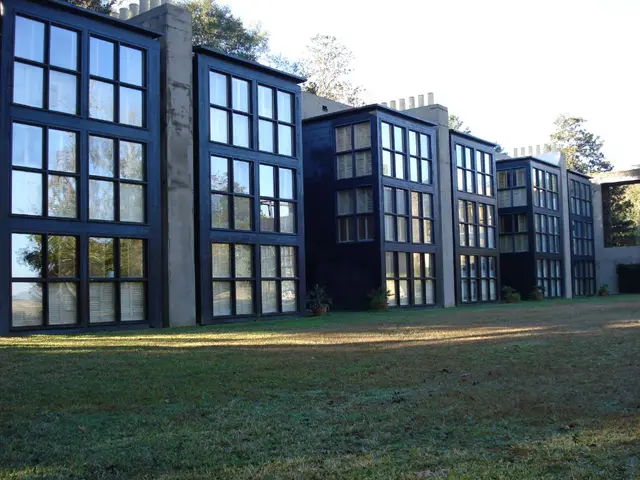Repotting Bonsai Soil: Picking the Ideal Combination for Optimal Growth
A well-structured soil mix is essential for nurturing a thriving miniature tree. Porous aggregates, organic matter, and mineral-based components form the key components of such a mix, each playing a crucial role in promoting peak root growth, nutrient uptake, and water penetration.
For bonsai enthusiasts, maintaining the ideal growing environment is paramount. The pH range for a bonsai soil mix should ideally be between 6.0-7.0, as this allows for perfect nutrient uptake and a thriving miniature ecosystem.
When it comes to soil, reusing old soil can pose risks. Old soil may transfer diseases and pests, while also depleting nutrient reserves. Fresh soil is, therefore, a safer option for ideal growing conditions.
Water-loving bonsai species, such as Chinese Elm and Ficus, require a soil mix with a high water holding capacity. To achieve this, ingredients like peat moss, coconut coir, and vermiculite are incorporated into the mix.
On the other hand, for drought-tolerant bonsai, a soil mix with good drainage, aeration, and moderate water retention is crucial. Pumice, lava rock, and composted bark are suitable ingredients for achieving this balance.
The traditional Japanese bonsai soil substrate, Akadama, is a type of hard-baked volcanic clay granulate. Valued for its excellent drainage, moisture retention, and ability to provide stable anchorage for roots, it plays a crucial role in healthy bonsai growth and aesthetics.
Regular monitoring and maintenance of the soil are critical. Checking soil moisture, repotting as necessary, and monitoring pH levels are crucial steps in maintaining prime soil conditions.
Creating a balanced soil mix is a delicate process, requiring a thoughtful blend of components that work in harmony to support the bonsai tree's unique needs. It is akin to a masterfully composed recipe, where each ingredient plays a crucial role in harmonizing the needs of the bonsai, from the tender roots to the leafy canopy.
Repotting every 2-5 years, depending on the bonsai's species, age, and growth rate, is a general rule to ensure the tree receives fresh soil and essential nutrients. Identifying soil fatigue in bonsai trees requires observation of subtle signs, including slowed growth, yellowing leaves, and increased susceptibility to pests or diseases, indicating the need for repotting and soil renewal to revitalize the tree's health.
While it is possible to create your own bonsai soil mix, purchasing a high-quality, species-specific mix from a reputable supplier may be a more reliable and efficient option for ideal results. Inexperienced bonsai enthusiasts often fall prey to common soil mistakes that can compromise the health and longevity of their miniature trees, such as using regular potting soil, not considering the specific needs of the bonsai species, and failing to repot regularly.
A soil mix with high water holding capacity guarantees constant nourishment of the roots of these trees, even during drought or neglect. For drought-tolerant bonsai species, a well-balanced soil mix that retains minimal moisture yet still provides essential nutrients is crucial.
In conclusion, a well-structured soil mix is the foundation for a thriving bonsai tree. By understanding the unique needs of each species and carefully crafting a mix that optimizes water holding capacity, enthusiasts can create the perfect environment for their miniature trees to flourish.
